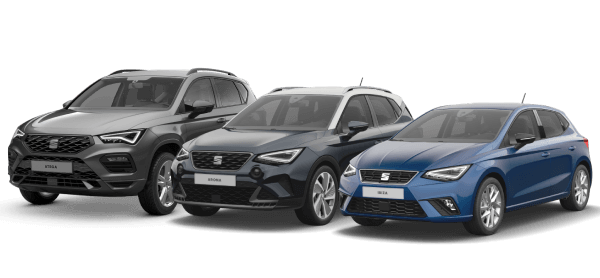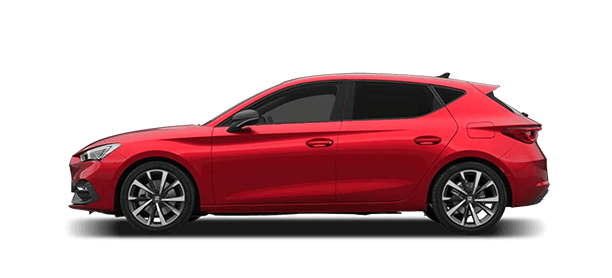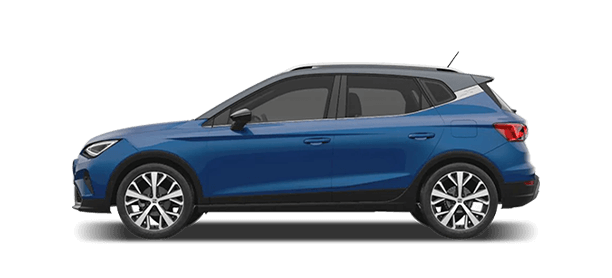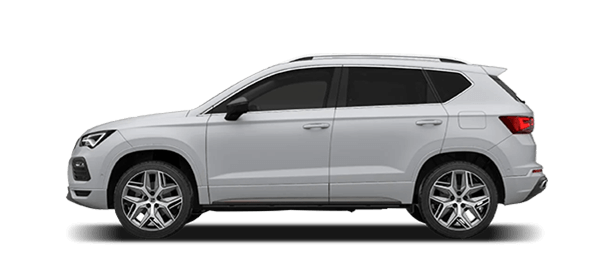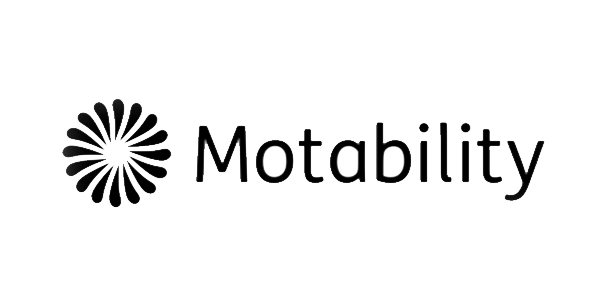Turbocharger
Turbochargers increase the air throughput of an engine by compressing the air required for combustion. By fitting a turbocharger, power, torque and efficiency can therefore all be increased versus a naturally aspirated engine with the same displacement.
The turbocharger uses the energy contained in the exhaust gas to the drive. The turbine wheel is located in the exhaust stream and drives the compressor wheel connected by a shaft. At this point, the air is compressed up to 1.5 bar overpressure. The air heated by the compression is usually cooled by an intercooler and afterwards it is channelled into the combustion chamber. Cool air takes a smaller volume than hot air. As a result, more oxygen is delivered for combustion in the combustion chamber.
In the past, the power output increase was the main reason for supporting a turbocharger; today it is used primarily to save energy and lower emissions, as well as pulling power. Nowadays, diesel engines use turbochargers whose turbine geometry varies with the motor load on the vane adjustment, the so-called turbocharger with variable turbine geometry (VTG).





